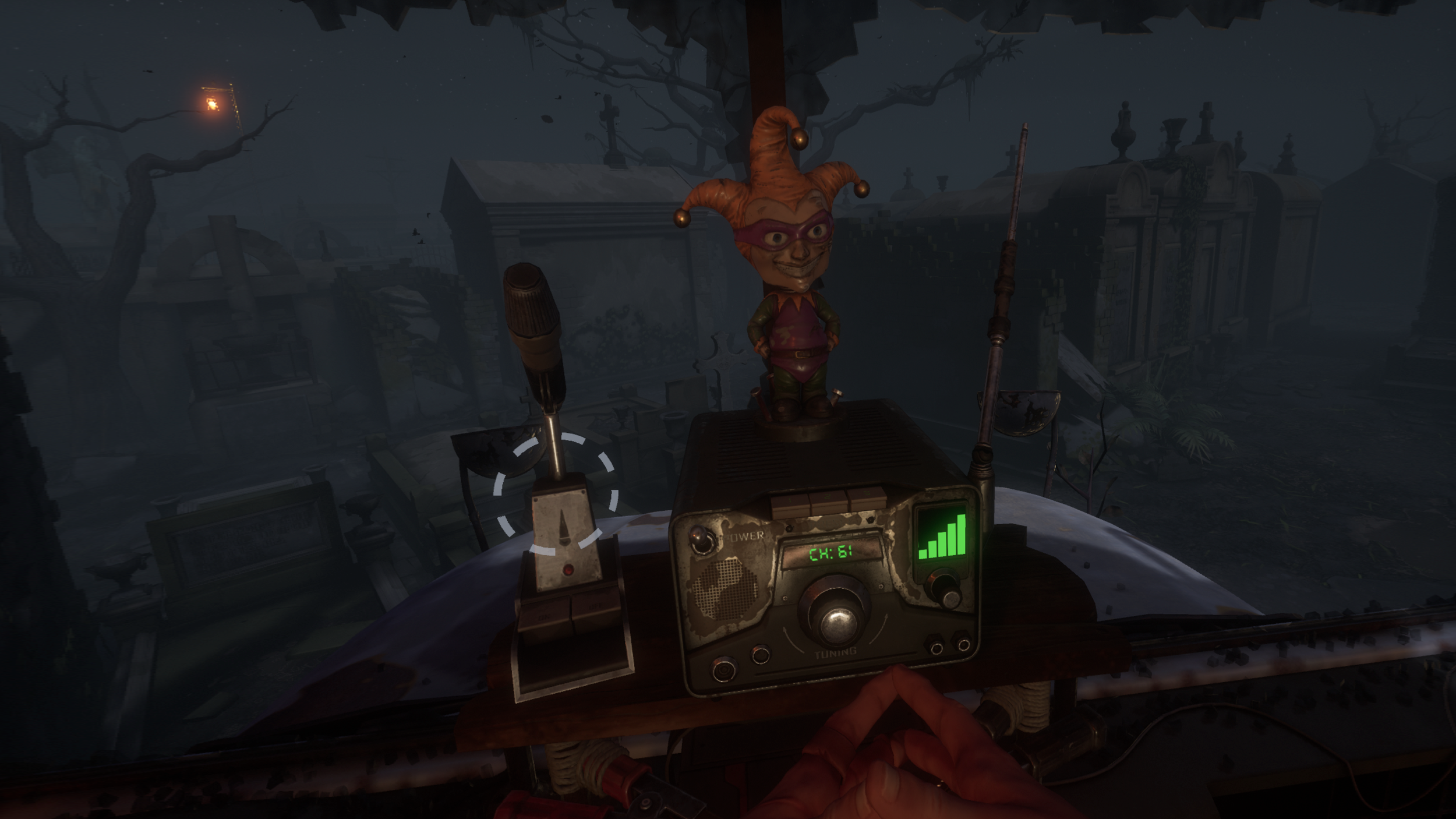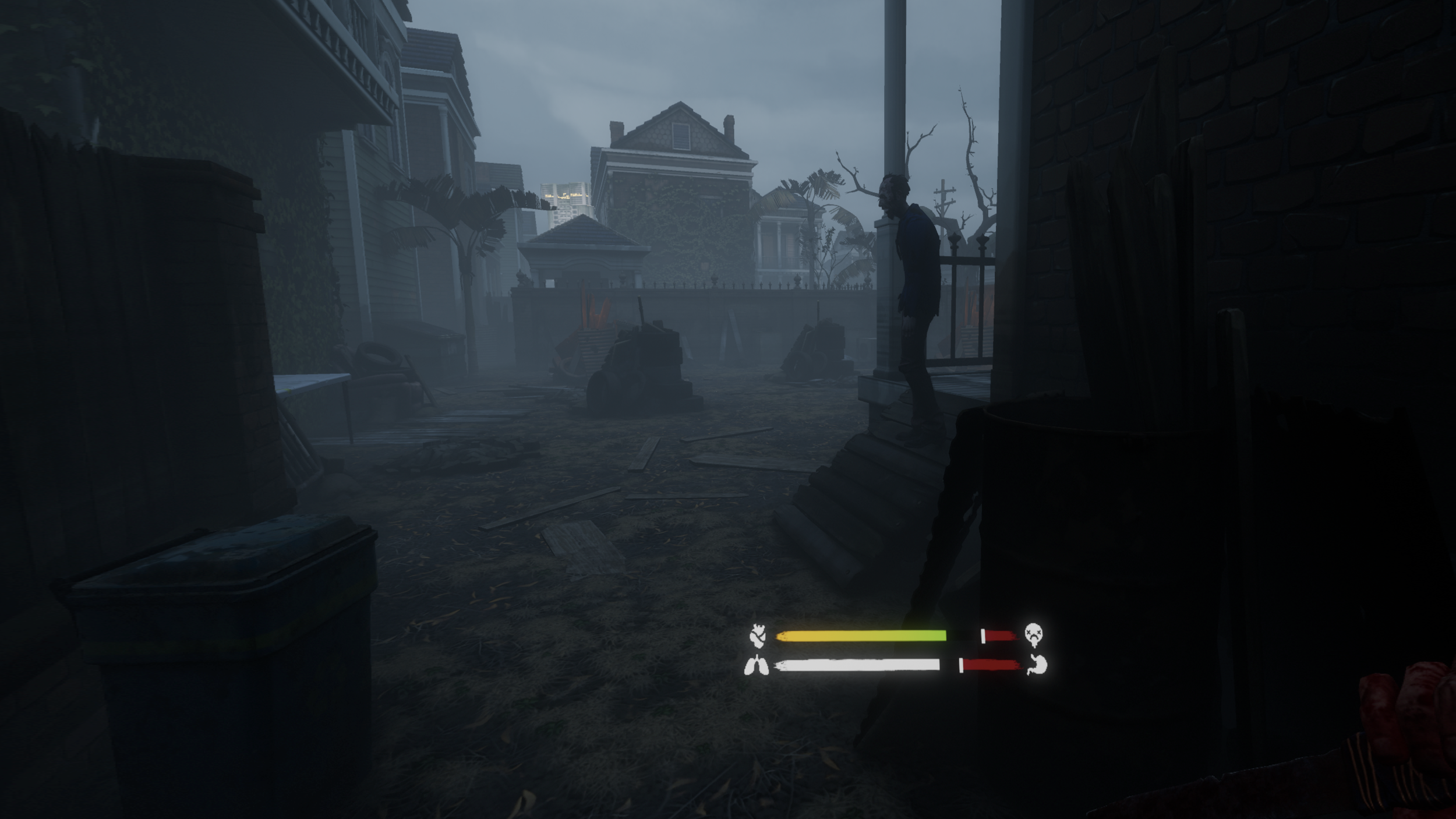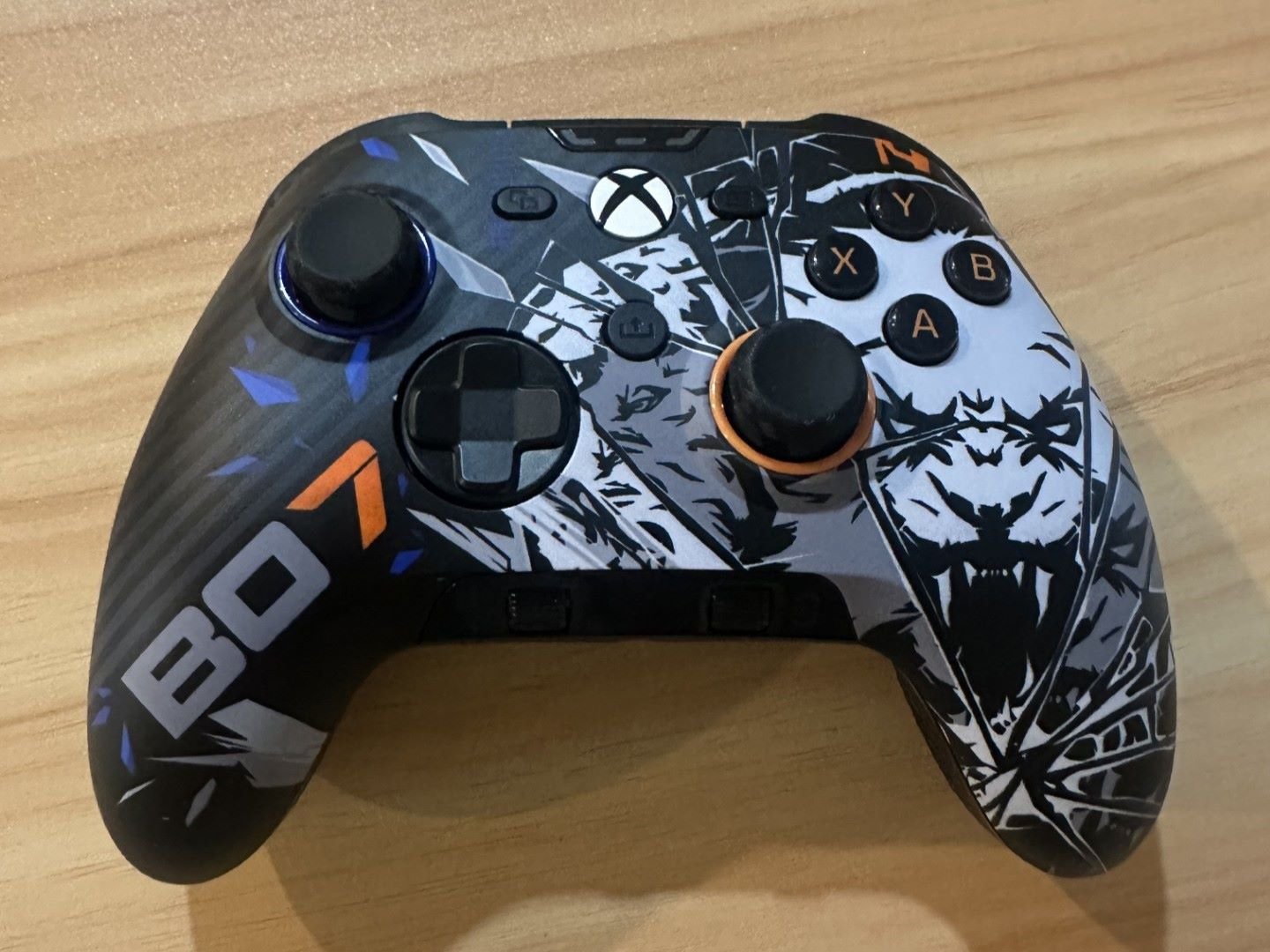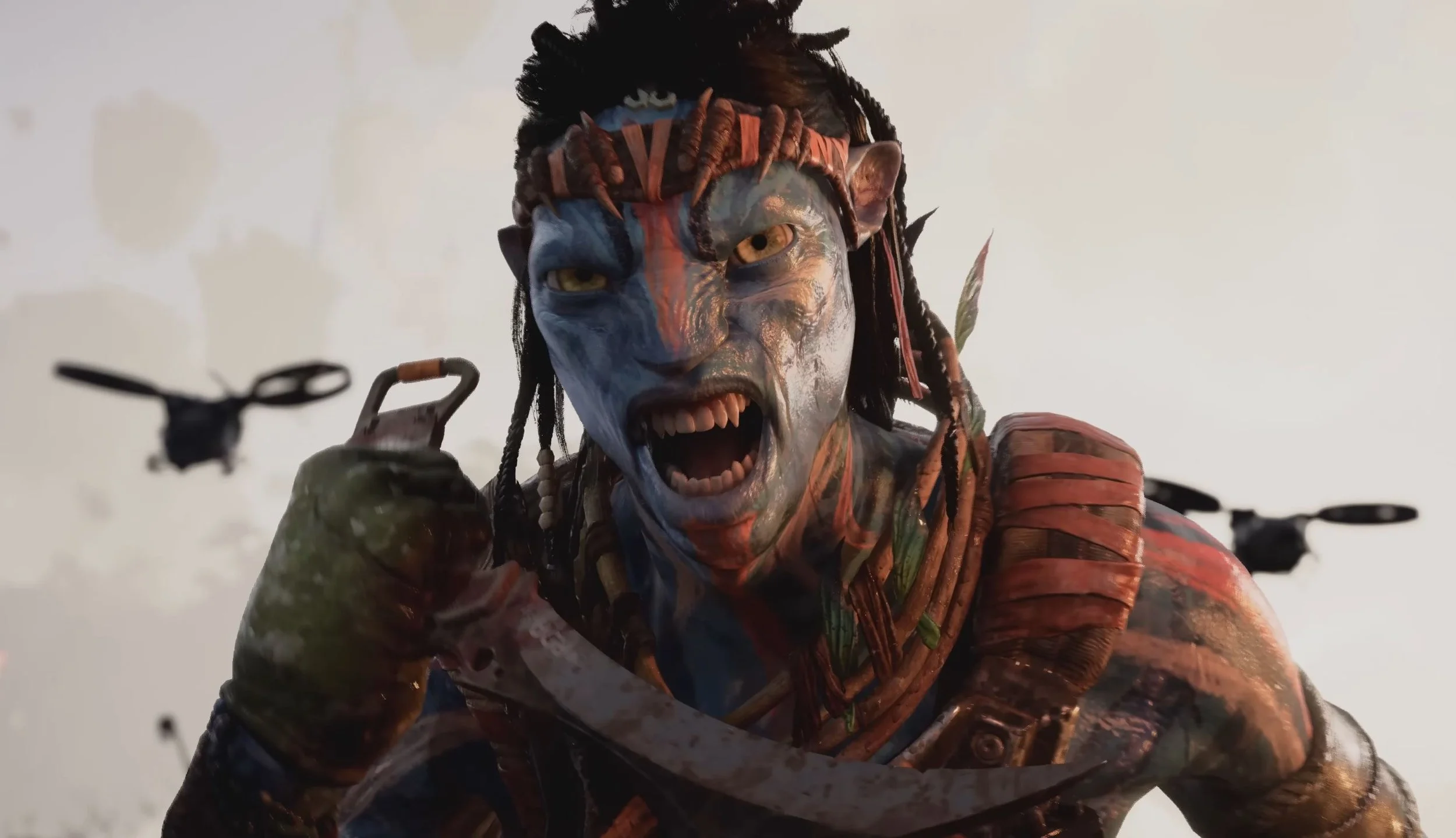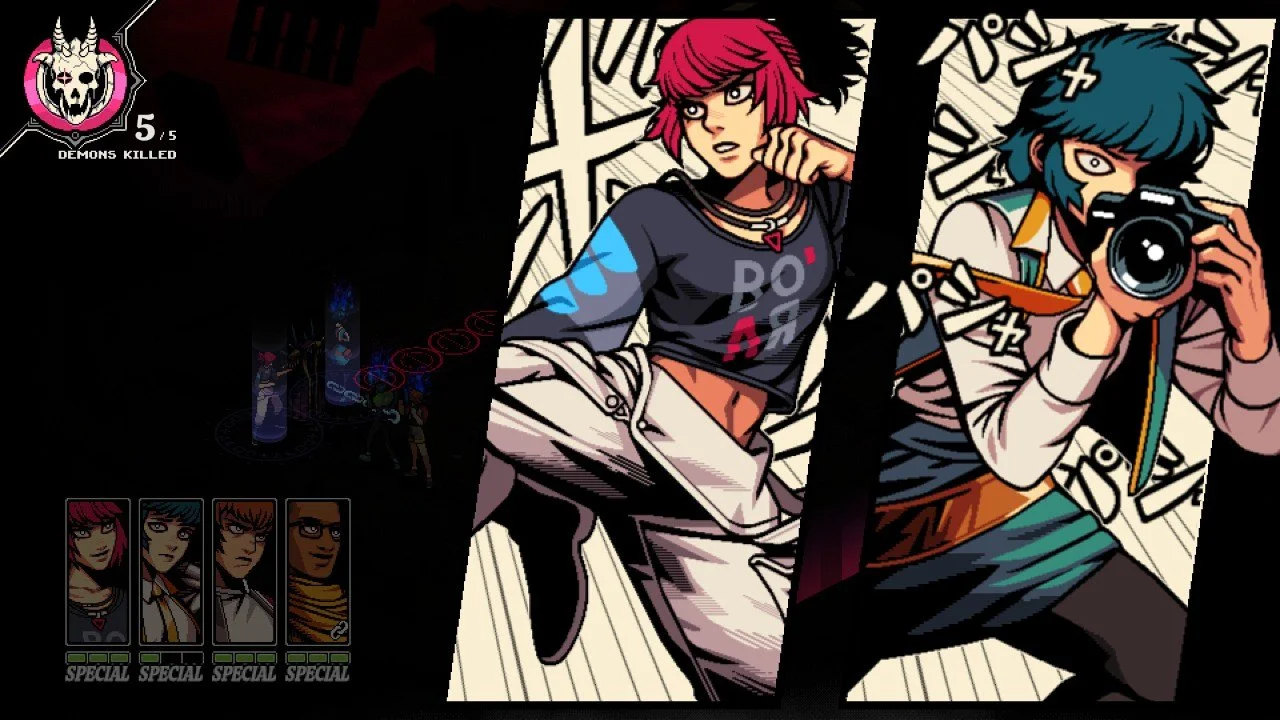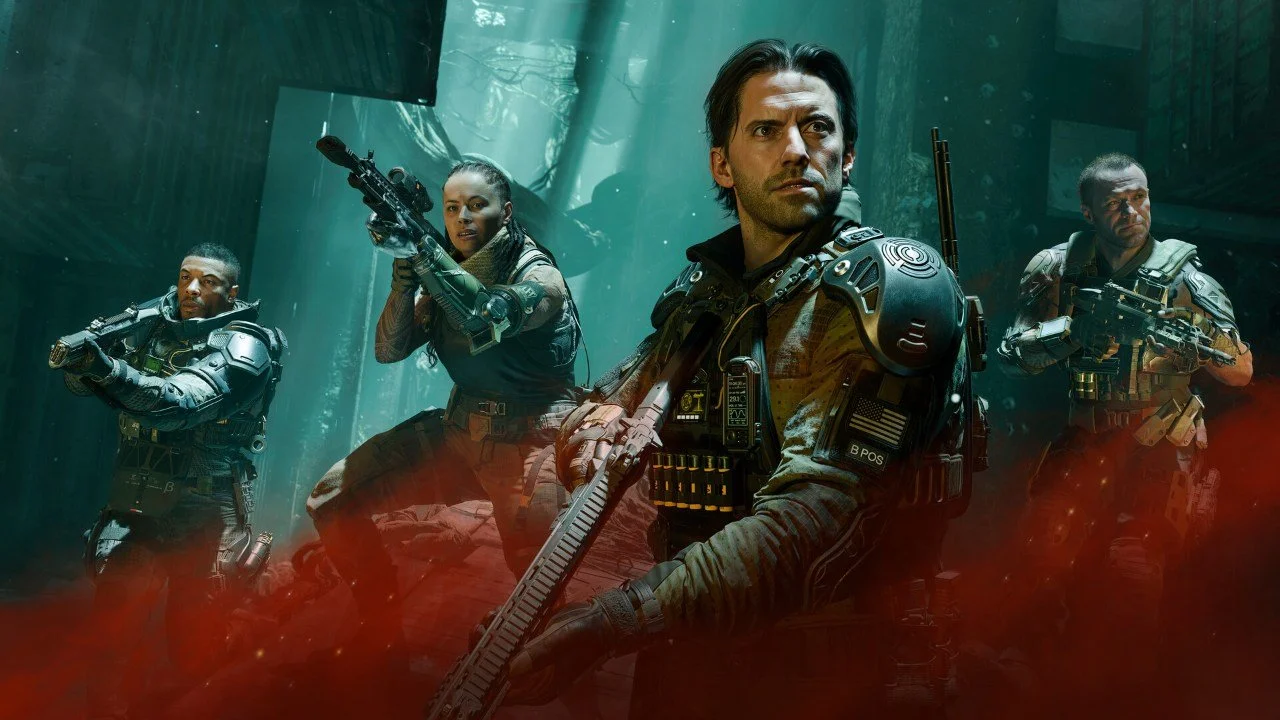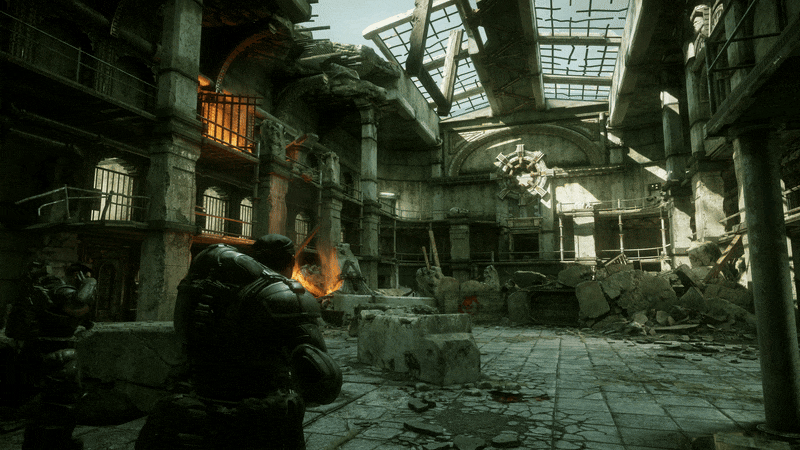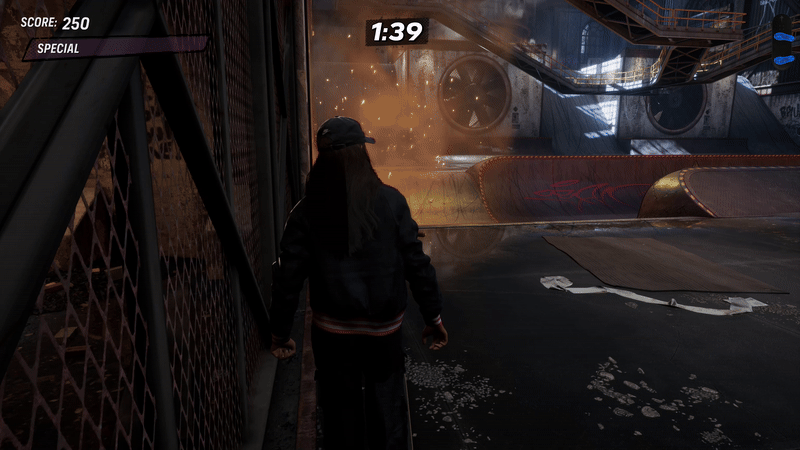Introduction
As one of the most popular zombie franchises ever, The Walking Dead is a name that carries a ton of weight, even in video games which is often seen as a supplementary media compared to the original comics by Robert Kirkman and Tony Moore or the wildly popular television series and its myriad of spin-offs. Developed by Skydance Interactive initially for Steam VR and Oculus (now known as the Meta Quest series of VR headsets) Saints & Sinners is a solid release, especially for the time. Nearly a year after the game was updated for PSVR2, and thanks to it being a game included in PlayStation Plus, Saints & Sinners is a great starting point for newcomers to the PSVR2 platform as well as a way for fans of the franchise to get more up-close-and-personal walker-stabbing action. Despite this, the game is starting to show its age and there are some baffling design decisions that make it a tougher sell over other VR experiences.
Having never played The Walking Dead: Saints & Sinners prior to this, I am not aware of how the game functioned within its previous iterations. I do remember the game receiving a ton of praise and some of my friends and colleagues sang the game’s merits with one calling it one of the best zombie VR games ever. Coming into the game in 2024 with a critical lens and with a wider variety of titles to play (though there could absolutely be more) means Saints & Sinners loses its sheen.
Story and Gameplay
Saints & Sinners is a zombie survival story that will feel familiar to anyone who’s seen a few episodes of The Walking Dead or read a few chapters of the comic with a fun setting choice of New Orleans, Louisiana. A devastating flood has put much of the city underwater, resulting in a patchwork of struggling peoples, fighting daily against an always-hungry horde of zombies while two factions battle it out in the streets. Upon entering the city, “The Tourist” discovers a dying hermit named Henri who passes off his responsibilities to the player and promises untold fortunes to be found within “The Reserve,” a cache of supplies that would make any zombie prepper giddy with delight.
The mythology and legends around The Reserve feels similar to the chase for The Vault in the Borderlands series, a thematically sound way to give the player aspirations while also promising a common treasure that typically motivates gamers, gear.
The resulting journey sees the player uncovering Henri’s past connections and choosing whether to help them achieve their goals or merely fend for oneself, all while navigating the powderkeg tendencies of The Reclaimed and The Tower factions.
While the game’s plot is enough to keep one chasing quests, the real meat and potatoes of Saints & Sinners is its addictive gameplay loop. The game emphasizes inventory management with limited supplies, meaning The Tourist has to be extremely careful when navigating New Orleans’ dilapidated buildings. Every bullet is sacred and melee weapons can break over time with some being only useful for a few swings. A ton of items can be picked up, thrown, and recycled for materials that allow one to craft better gear and earn passive upgrades. There’s only so much one can carry at a time but dumping scrap into the recycling bin after a run is delightfully satisfying to the point that I really didn’t care about the story so much as I wanted to upgrade all my stuff and there is a lot of stuff.
For VR veterans, the interactivity of Saints & Sinners is more than what’s found in the PSVR2 mode of Resident Evil: Village but less than the ridiculous amount of physics used in Half-Life: Alyx.
Exploring this game’s hostile world is engaging and feels best when exploring indoor spaces with nothing but a flashlight, a shiv, and one’s wits. There’s an early portion of the game where one uses a root-choked underground crypt to navigate to a Gothic churchyard that feels amazingly spooky. Granted the game’s simply modeled zombies and characters can break that sense of dread a bit but I was impressed by the amount of believability the game offers.
Unfortunately, there are gameplay systems that run counter intuitive to the best parts of its design. For starters, enemies respawn frequently, often in areas mere yards from the player. This creates an unnecessary strain on one’s resources and makes exploring more frustrating than it needs to be since there is always something that needs to be stabbed in the dome. Speaking of which, the physical violence feels visceral but after severing the brainstems of hundreds of zombies, the action got old quickly.
Even worse, the gunplay in Saints & Sinners pales in comparison to the melee options. Guns feel inaccurate and aiming is more challenging than what I experienced in other VR games. The way the player avatar’s arm bends in uncanny ways doesn’t help this and two handed guns just felt cumbersome so I only used them as a last resort. Throughout my entire experience with Saints & Sinners, I opted for spending crafting materials to boost my melee weapons and kept a six-shooter at my hip just in case.
That “just in case” scenario usually comes in the form of meeting other humans. Some characters can be figured out at a glance such as The Tower guards wearing a particular logo and armor but most characters rarely show their intentions and can quickly become hostile at the drop of a hat. I wish there was some way to shout “friend or foe” just to figure them out but I did at least run into one character that wanted some food and upon helping them I got a healing item so there are some differences in encounters. A more nuanced artificial intelligence system would make these interactions more interesting but for a game from 2020 with likely a fairly limited budget and scope, it’s nice to have another potential foe other than the undead.
Graphics and Audio
At a glance, Saints & Sinners has a simple character art style that enables more detail in the game’s world and objects. Most of the game has a slight cartoony look that brings it inline with the iconic look of the Telltale’s The Walking Dead games but not nearly as stylized. The art style was likely chosen to accommodate the game’s scope and to allow more efforts to be put into the game’s other areas. While it can look like a low-end game, I didn’t mind the visuals in the heat of violent encounters. Where the game feels lackluster is when talking to NPCs, since one is so close to them and not moving around as much. Thankfully, the game’s environments are cleverly crafted to feel imposing and mysterious and I found myself stopping to stare at interesting buildings or streets.
In certain areas, the game’s atmospheric audio systems paint a world filled with undead predators. Standing at the dock and hearing the growls of zombies that listlessly bob in the water is haunting. Granted most of the audio design is rather simple with an array of meaty stabs and sharp gunshots. The voice acting and delivery is solid and punches above its weight in most story-driven missions. Generic voice lines lack variety and make the already robotic feeling humans that much more uncanny.
Feedback
Overall, the gameplay of The Walking Dead: Saints & Sinners is satisfying enough in short bursts but there’s not much more to it to keep one playing. Thankfully, the game’s progression and quest systems might be enough to keep some players hooked but I don’t have much of a desire to hit the credits. For those that do, there is extra content to enjoy and the second chapter adds a few elements such as a chainsaw, new storyline, and a new scary enemy.
Curiously, the game’s expansion dubbed The Walking Dead: Saints & Sinners - Chapter 2 - Retribution is also available as a part of a PlayStation Plus subscription.
Shortly after my first few hours with the first game, I fired up the second to see what improvements might have been implemented. I was rather shocked to find that Retribution is much of the same, serving as more of a new scenario that complements the first, particularly for those that can’t get enough of the core gameplay.
Even curiouser, while exploring the other games on offer through PS Plus, I wound up installing Vampire: The Masquerade - Justice on a whim. Within the first ten minutes or so, I was flabbergasted to discover a shockingly similar game to Saints & Sinners, so much so that I swear it could’ve been built using the Saints & Sinners development tools. The game’s starting sequence is similar, even featuring a boat ride while a narrator introduces one to the game’s world, and the characters and animations are extremely familiar. Granted, I couldn’t find a connection between Skydance and Fast Travel Games and honestly I didn’t care to keep looking but this feels like something more substantial than a game inspired by Saints & Sinners. That said, if Justice is just a loving tribute to Saints & Sinners that must be extremely flattering for Skydance Interactive.
This connection shows just how influential Saints & Sinners was within the VR gaming space. While games like BONEWORKS and Half-Life: Alyx are technically more impressive and will likely result in a whole new era of virtual reality interactivity, Saints & Sinners left its mark and it makes the upcoming titles from Skydance really intriguing, especially the upcoming Behemoth slated for later this year.
Verdict
Criticism aside, for new owners of the PSVR2 headset with a PS Plus subscription, it is hard to go wrong with either Saints & Sinners game. These titles are easy ways to get into more complex first-person VR games as a way to test the waters. I’m familiar enough with VR gaming but the satisfying melee combat of Saints & Sinners has me extremely excited for other games with similar mechanics. If this was a 90s release, Saints & Sinners would be an excellent rental game.
